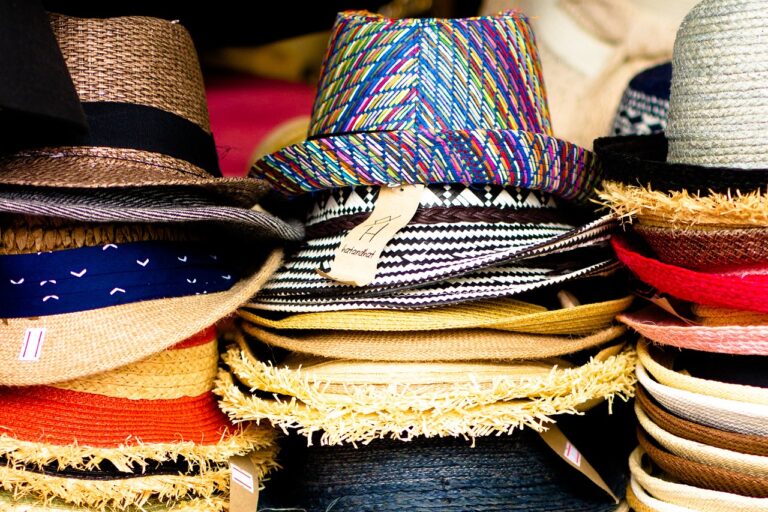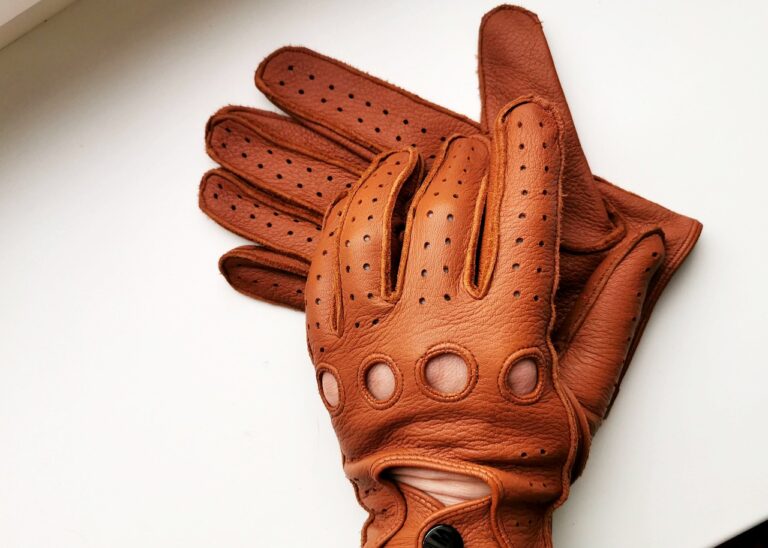Fashion and Body Image: Empowering Through Inclusive Clothing Lines
The body positivity movement has been gaining momentum in recent years, challenging traditional beauty standards and promoting self-love and acceptance for all body types. This shift in mindset has had a profound impact on the fashion industry, pushing brands to embrace diversity and inclusivity in their advertising and clothing designs.
Gone are the days when only one narrow definition of beauty was celebrated in the fashion world. With the rise of the body positivity movement, there is a greater demand for representation of all body shapes, sizes, and ethnicities in fashion campaigns and runways. This change not only helps individuals feel more confident and comfortable in their own skin but also encourages the industry to break away from the restrictive norms that have long been perpetuated.
The Importance of Representation in Fashion Advertising
The representation of diverse individuals in fashion advertising plays a crucial role in shaping societal norms and perceptions. By featuring models of various sizes, ethnicities, abilities, and genders, brands have the power to challenge traditional beauty standards and promote inclusivity. Consumers are more likely to resonate with advertisements that showcase a diverse range of individuals, leading to increased brand loyalty and a broader audience reach.
Moreover, representation in fashion advertising goes beyond just showcasing different physical attributes. It also involves portraying people from various backgrounds and lifestyles authentically. When brands authentically represent the diverse tapestry of society, they not only foster a sense of belonging among consumers but also contribute to the representation of marginalized groups in mainstream media. This can have a profound impact on individuals’ self-esteem and confidence, as they see themselves reflected in the fashion industry in a positive and empowering light.
Why is body positivity important in the fashion industry?
Body positivity is important in the fashion industry because it promotes inclusivity and diversity, allowing individuals of all shapes and sizes to feel represented and valued in the media.
How does representation in fashion advertising impact consumers?
Representation in fashion advertising can have a significant impact on consumers by helping them feel seen, understood, and accepted. It can also lead to increased brand loyalty and sales.
What are some examples of diverse representation in fashion advertising?
Some examples of diverse representation in fashion advertising include campaigns featuring models of different races, body types, genders, and abilities, as well as showcasing a range of ages and cultural backgrounds.
How can fashion brands incorporate more diverse representation in their advertising?
Fashion brands can incorporate more diverse representation in their advertising by casting a wide range of models, using inclusive language and imagery, and collaborating with diverse creators and influencers.
What role does social media play in promoting diverse representation in fashion advertising?
Social media plays a significant role in promoting diverse representation in fashion advertising by giving a platform to marginalized voices, allowing for grassroots movements like the body positivity movement to gain traction, and holding brands accountable for their representation practices.





